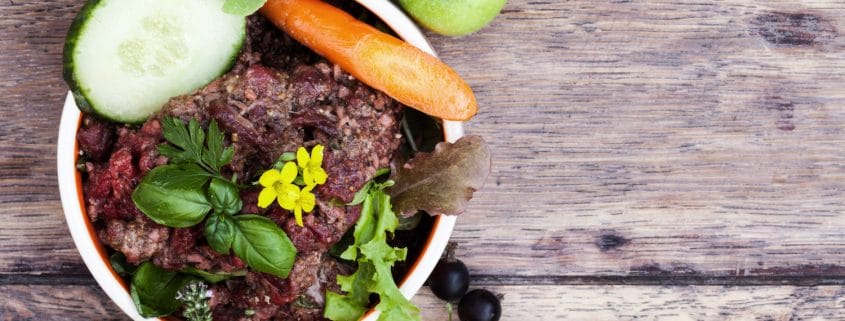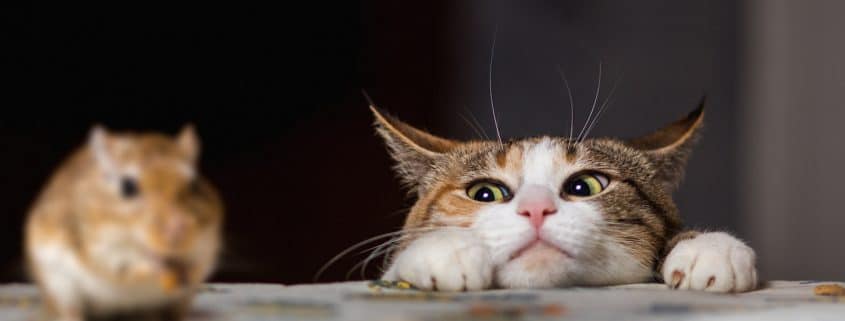In our consultations, we always find that BARF still scares off many dog and cat owners! Many fear it is too complicated or are afraid to make mistakes. And that is certainly not entirely unjustified!
But a biologically species-appropriateraw feedingcan be quite simple, if you follow a few basic rules!
- BARF does not simply mean feeding pure muscle meat!
- For dogs, the BARF meal should consist of about 70% animal ingredients and about 30% vegetable ingredients.
- animal components: Important for the supply of all nutrients is a mixture of approx. 50% marbled muscle meat (with fatcontent), 15% offal such as liver, kidney, lung or similar, 15% rumen or leafy stomach and approx. 20% bones (minced or raw).
- vegetable components: Vegetables, herbs and fruit can be fed grated raw or steamed and pureed. The proportion of vegetables should predominate and fruit should only make up about 1/4.
- In addition, carbohydrates in the form of pseudocereals (swollen millet, buckwheat, quinoa, amaranth) can be incorporated into the 30% vegetable portion. Cooked potatoes or sweet potatoes are also possible.
- In addition, the addition of fats/oils is important for the utilization of fat-soluble vitamins and for the supply of omega 3,6 and 9 fatty acids. Salmon oil or linseed oil are particularly suitable. As a fat supplement to a lean meal, lamb fat, goose fat or coconut oil are suitable.
- It is not necessary to always cover all components in every meal. What is important is a regular supply of everything throughout the week.
Play it safe with BARF menus, which already have the right mixing ratio of all important animal ingredients and you no longer have to put together anything yourself. Please pay attention to a sufficient fat content. If this is below 8-10%, you should add coconut fat, goose fat, lamb fat or butter fat.
- For the Feeding amount is always based on the target weight of the dog.
- Young dogs: 4-5% of body weight in g
- adult dogs: approx. 2-3% of the body weight depending on the activity level





